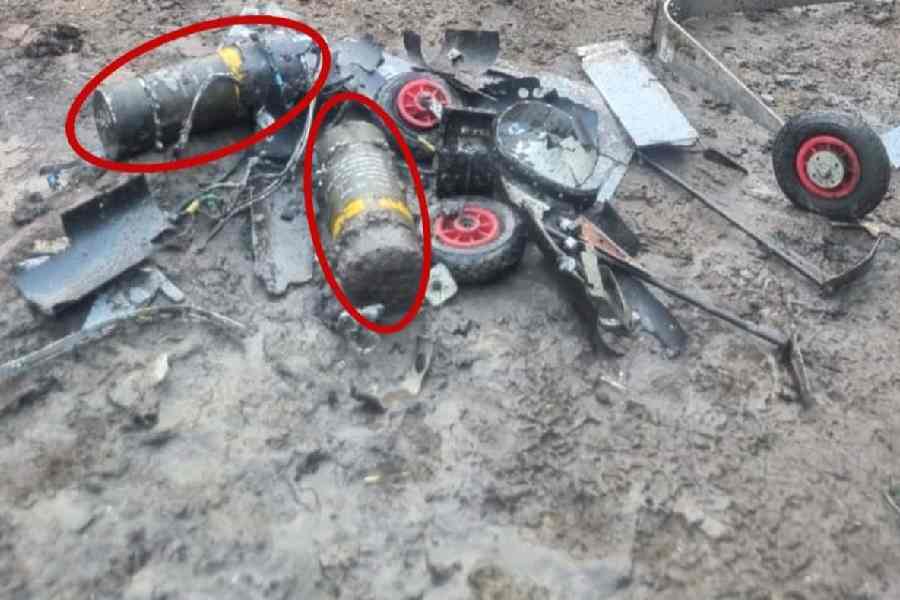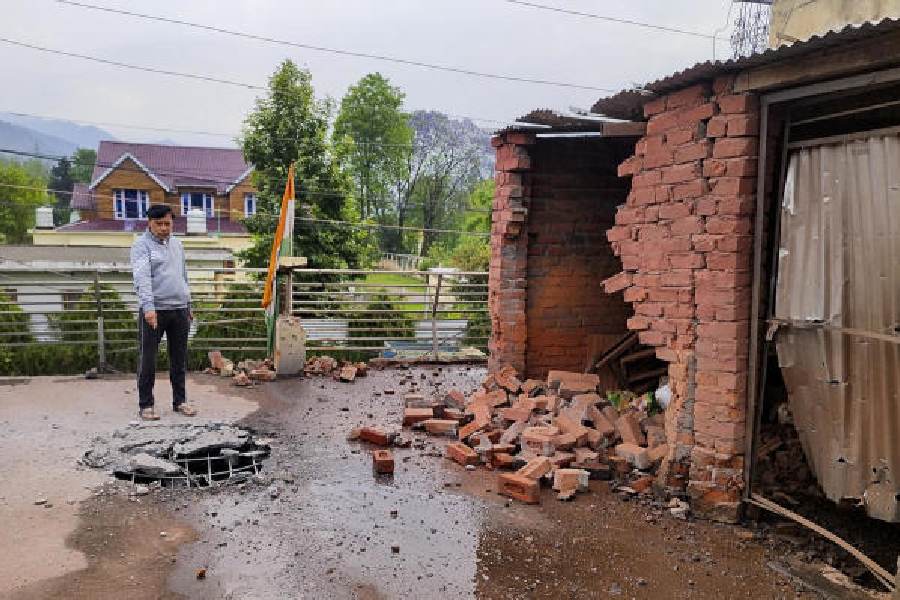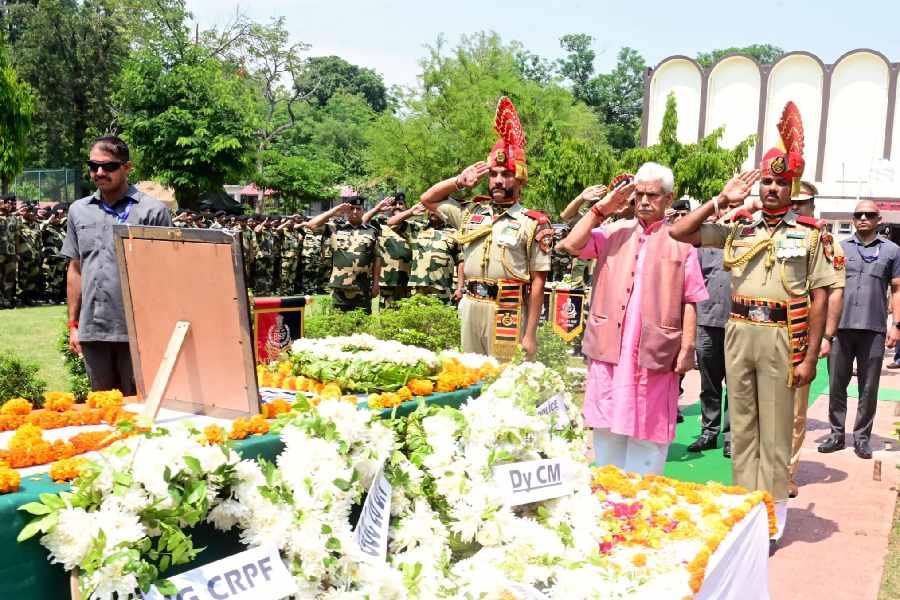 |
Bhubaneswar, Aug. 3: The Sun temple is not the only place for sightseeing when in Konark, as you can plan a trip to see the Buddhist remains at Kuruma.
Only 10km away from the famous Sun temple on the Konark-Kakatpur road is the site where once flourished the Buddhist monastery.
Perhaps there was a centre frequented by the traders coming by sea route.
Historians think that it was at its peak during the 7th and 8th century and there was influence over both the Mahayan and Vajrayan sects in Kuruma. If you are already in Puri and coming to Konark to see the Sun temple, you can hire a car or take an auto rickshaw to reach Kuruma. After covering almost 5km on the road, one has to take a left turn and from there Kuruma is only 2km away.
Multiple monasteries are already seen in Buddhist sites of Jajpur and Cuttack districts. But it is perhaps the only monastery present near the coast. In the past, it might have been just on the coast, as the Sun temple is now at a distance. Legend says that the sea waves used to hit the temple.
After the coastal Buddhist sites of Kalingapattanam and Salihundam in Andhra Pradesh, the historians could only find Kuruma as a leading such site on the east coast.
Sunil Patnaik, project coordinator of Buddhist heritage sites across the state for the 13th finance commission-funded project, said: “We have noticed an interesting aspect of the association of Buddhism with the maritime activities in the past. The traders might be finding it safe and best place to rest after coming from the sea with their goods. The monastery and its architecture also tells that how the building was constructed with a modern outlook. The length and width of the monastery is 34 metres each. There were cells for the monks and Buddhist practitioners, court yard and shrine chamber.’’
Historians feel that the Swastika model of the courtyard at the site could be linked to the influence of tantricism over Buddhism during that period.
“Kuruma is an interesting site representing ancient Odisha’s architecture, history, religion and culture. The renovation work at the site was carried out by the Odishan Institute of Maritime and South East Asian Studies on behalf of the culture department,’’ said Patnaik.
The site first came to notice in 1977-78, but the restoration work started much later and with a grant from the 13th finance commission.
While the work on the structural aspect of the renovation is over in its second-phase, the peripheral development work still remains and it is likely to be over within three to four months.
Apart from the monastery, beautiful icons of Lord Buddha were also found from the site in the past.
“The artefacts were there under a shed, but we are going to develop it further and keep the statues recovered from the locality,’’ said a senior official of the culture department.
Apart from the monastery and statues inscribed seals, potsherds and Buddha images were also recovered in the past. When at Kuruma, one should not become confined to the site, but can visit the nearby sites, which was under observation by the historians.
One can visit the nearby Khalkata Patna, a port site nearby. In 1992, the ASI experts have found historical objects belonging to Chinese potsherds and other materials proving the maritime tradition of the region.
When at Konark, no one can miss the beautiful Ramachandi beach with its romantic sunset moments and the point where the confluence of Daya and the Bay of Bengal exists. Upgrading the tourist destinations near Buddhist sites are on the priority of the tourism department.











